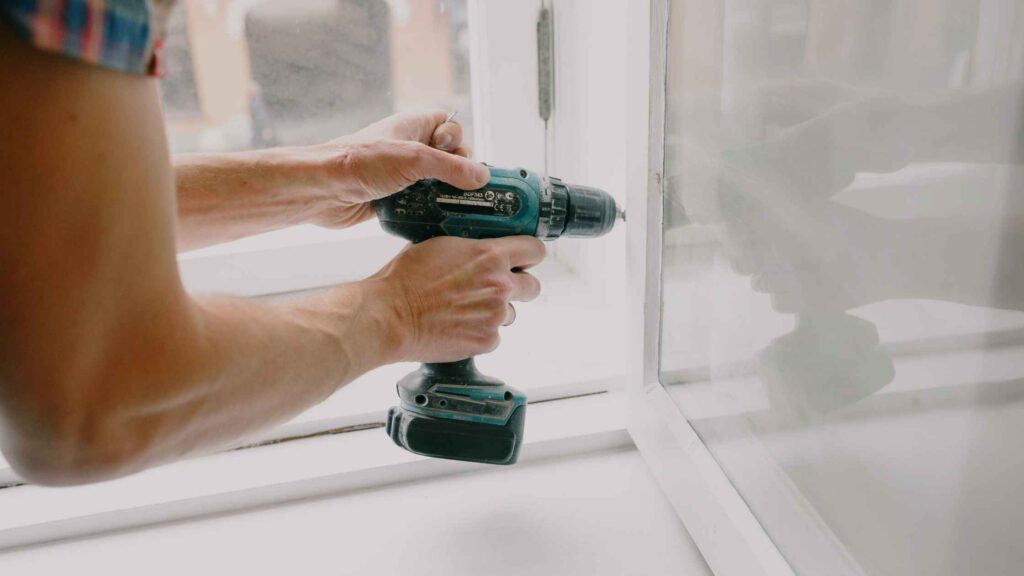Introduction
As a renter, it’s important to be prepared for emergency situations that may arise in your rental property. Whether it’s a fire, flood, or other unexpected event, knowing how to handle these emergencies can help keep you and your property safe. In this step-by-step guide, we will walk you through the necessary actions to take during an emergency situation.
Assess the Situation
The first step in handling an emergency in your rental property is to assess the situation. Stay calm and determine the nature and severity of the emergency. Is it a fire, a flood, or a medical emergency? Understanding the type of emergency will help you take appropriate actions.
Call for Help
Once you have assessed the situation, it’s crucial to call for help. Dial the appropriate emergency number such as 911 to report the emergency and provide essential information. Stay on the line as they may instruct you on what to do while waiting for help to arrive.
Alert Others
If it is safe to do so, notify your neighbors or any other occupants in the building about the emergency. This will help ensure their safety as well and may be necessary if an evacuation is required.
Evacuate if Necessary
In some cases, you may need to evacuate the premises. If directed to do so by emergency personnel or if you feel your safety is at risk, leave the building immediately. Follow evacuation routes and procedures as outlined in your rental property or community guidelines.
Prevent Further Damage
While waiting for emergency responders, take steps to prevent further damage to the property. For example, if there is a water leak, you can shut off the water supply to minimize flooding. Be cautious and only attempt to mitigate the damage if it is safe to do so.
Document the Damage
After ensuring your safety and taking necessary actions to prevent further damage, it is important to document the extent of the damage. Take photos or videos of the affected areas in your rental property. This documentation will be helpful when filing insurance claims and for future reference.
Notify Your Landlord
Contact your landlord or property management company as soon as possible to inform them about the emergency situation. Provide them with detailed information about the incident and any actions you have taken. They may provide further instructions or arrange for repairs.
Follow Up with Repairs
Once the emergency situation has been resolved, it is essential to follow up with repairs. Communicate with your landlord to ensure that necessary repairs are being scheduled and completed in a timely manner. This will help restore your rental property to its pre-emergency condition.
Prepare for Future Emergencies
Lastly, use the experience to prepare for future emergencies. Review your rental agreement and understand the responsibilities of both you and your landlord in emergency situations. Consider creating an emergency kit with essential supplies such as flashlights, batteries, first aid items, and emergency contact information.
Summary
Handling emergency situations in your rental property requires a calm and systematic approach. From assessing the situation to contacting emergency services and notifying your landlord, following these step-by-step guidelines can help ensure your safety and the preservation of your rental property. Remember to document the damage, communicate with your landlord, and prepare for future emergencies. By being prepared and taking prompt action, you can effectively navigate any emergency situation that may arise in your rental property.







